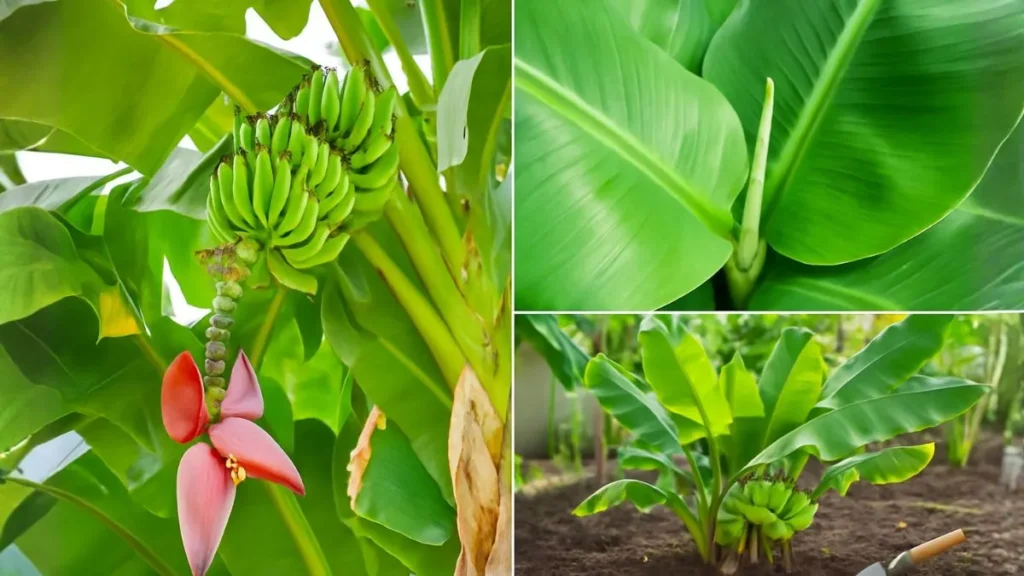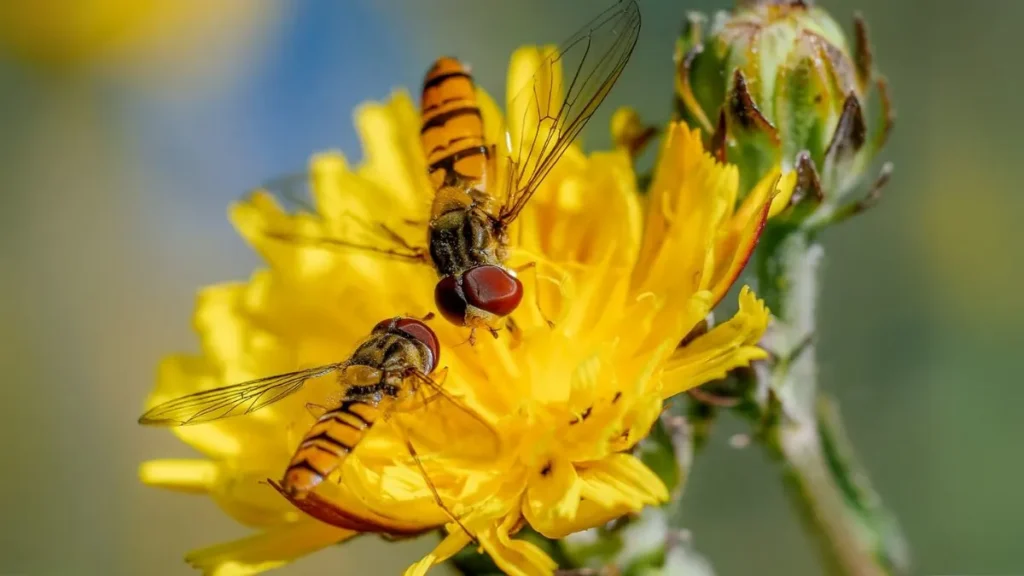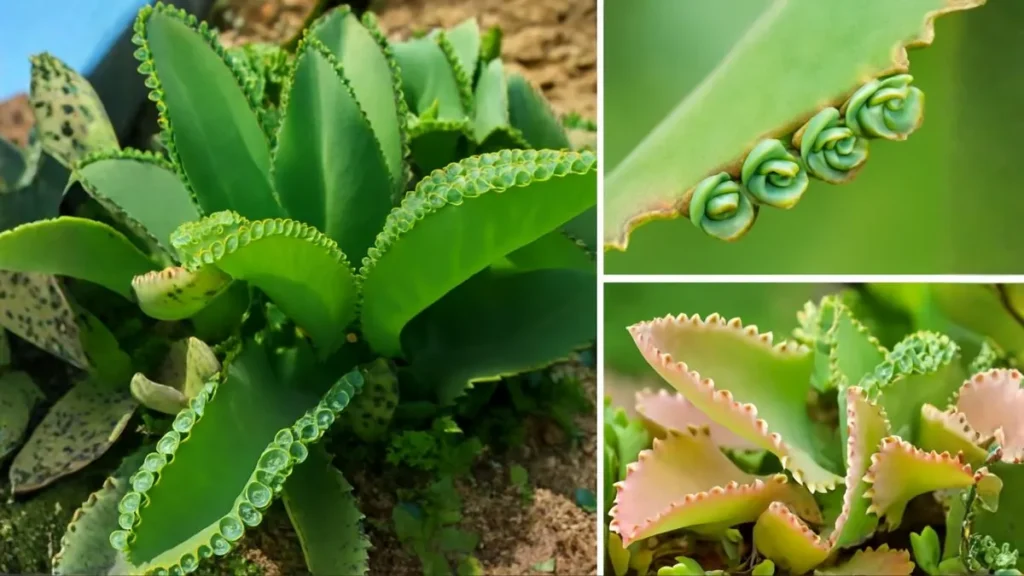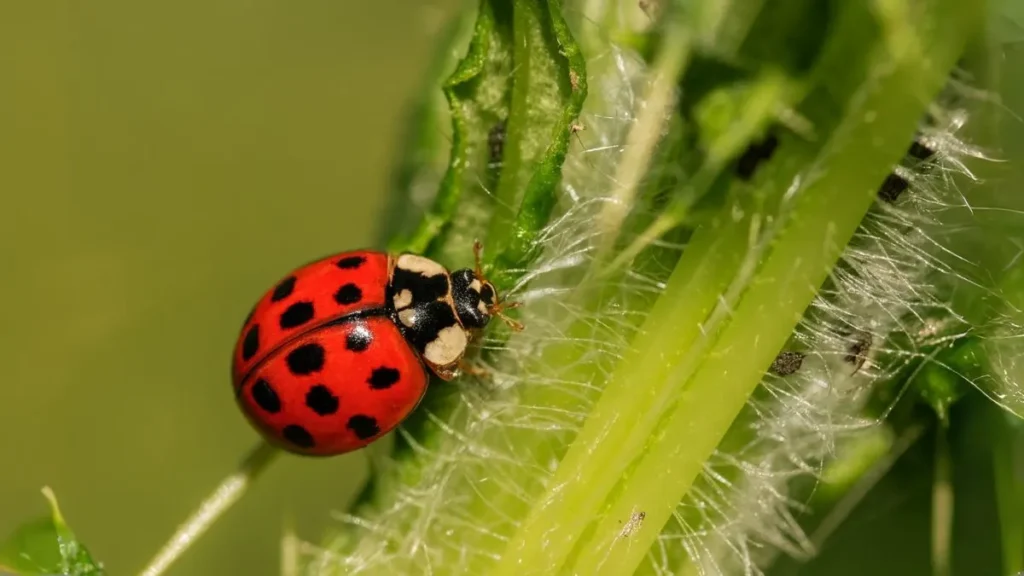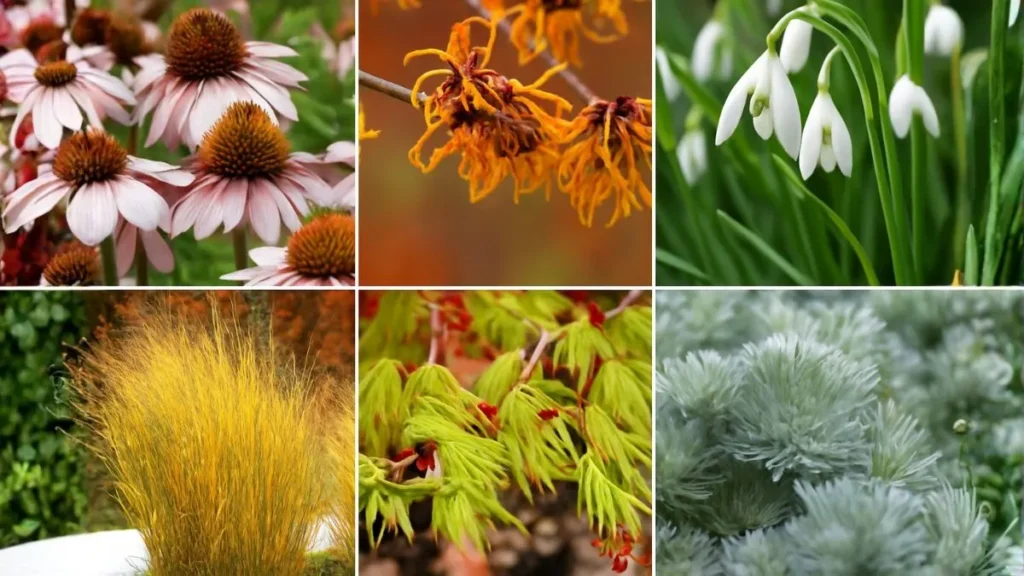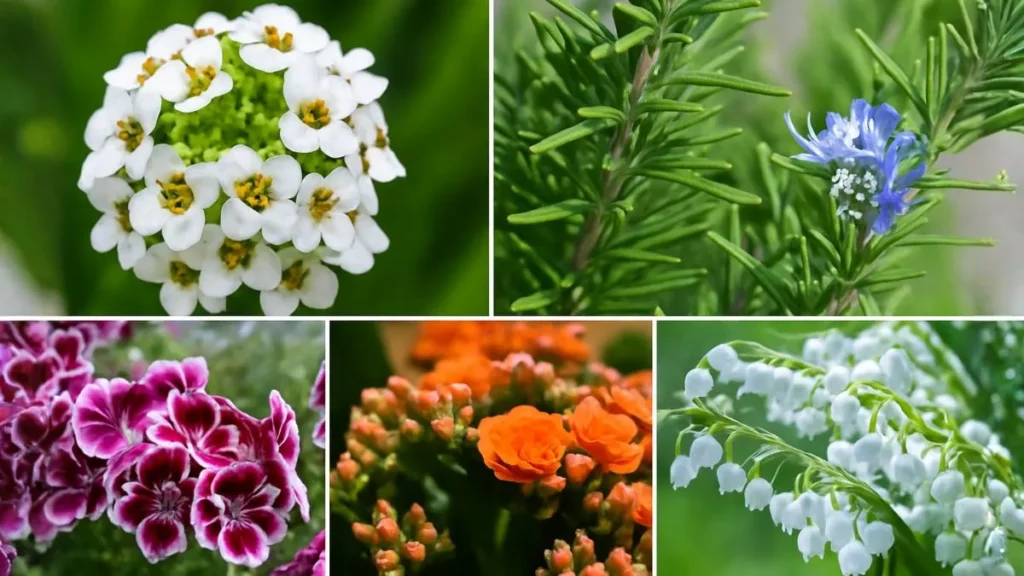When most gardeners see the sharp, spiny leaves of the Bull thistle (Cirsium vulgare), their first instinct is to rip it out before it spreads. But what if I told you this so-called “weed” is actually a hidden treasure?
Behind its tough exterior, the bull thistle has more to offer than most people give it credit for. This plant is a healer, a food source, a pollinator magnet, and even a soil restorer — making it far more valuable than its reputation suggests.
A Quick Look at the Bull Thistle
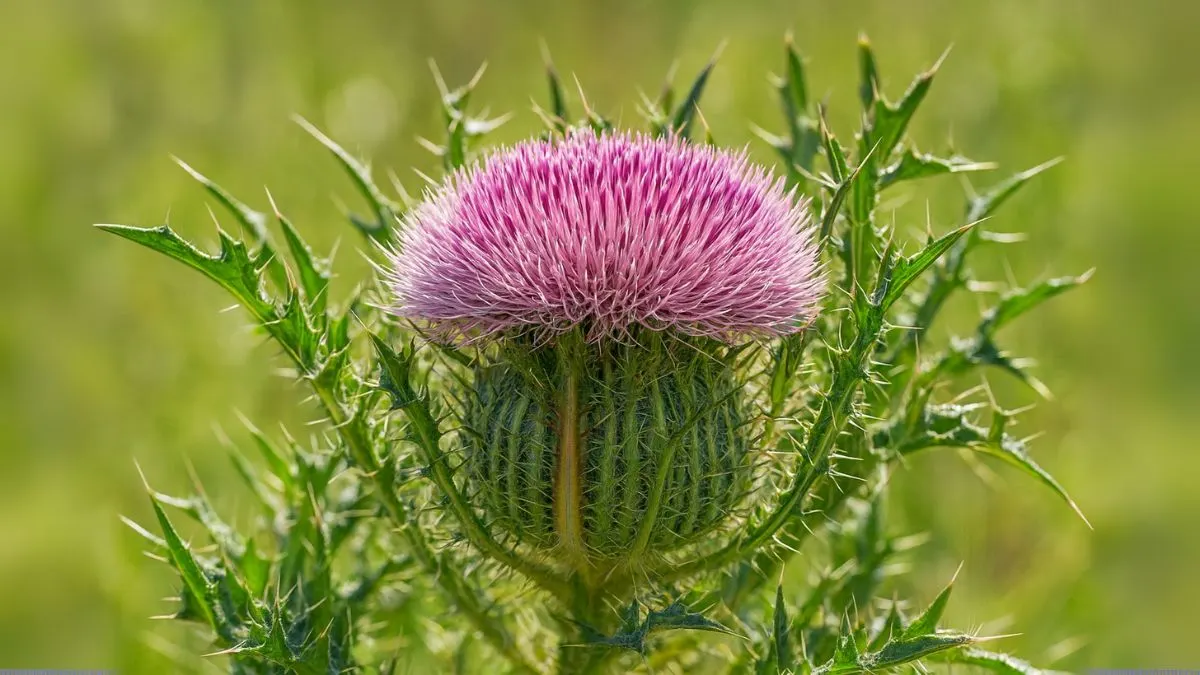
The Bull thistle (Cirsium vulgare) is a biennial plant belonging to the sunflower family. With its deep taproot, hairy stems, and striking purple flower heads surrounded by spines, it can survive in some of the harshest growing conditions.
One of its environmental superpowers is supporting pollinators and improving soil health. Its long roots aerate the soil and bring up nutrients from deeper layers, enriching the surrounding area.

Medicinal Power Through the Ages
For centuries, it’s been used medicinally to treat various ailments, and its edible parts can be incorporated into meals. The plant’s roots, stems, and leaves are loaded with beneficial compounds like antioxidants and anti-inflammatory agents.
In folk medicine, it was used by early humans as a warm medicinal tea, believed to aid digestion, improve circulation, and boost overall vitality. Another age-old remedy involves using it as a poultice for sore jaw or bleeding hemorrhoids — a treatment still practiced in traditional herbalism today.
Every Part of Thistle is Edible
While its spiny nature might suggest otherwise, every part of thistle is edible if prepared correctly. The young stems can be peeled and eaten raw or cooked, the roots can be boiled into a hearty side dish, and even the flower buds can be prepared much like artichokes.
Also Read: Miniature Garden Ideas Using Everyday Recyclables
In the past, foragers and indigenous communities included bull thistle in their diets, boiling leaves like spinach or roasting roots for a nutty, earthy flavor. Today, adventurous home cooks are rediscovering it, proving that nature’s pantry still has many surprises.
A Tea with History
Herbal teas made from thistle have been valued for generations. Used by early humans as a warm medicinal tea, the beverage was brewed from dried leaves or roots to soothe stomach troubles and restore energy. Even now, herbalists recommend it for its grounding taste and potential health benefits.
Helping Pollinators and Wildlife
Beyond its uses for humans, bull thistle plays a vital ecological role. Its vibrant purple blooms are nectar-rich, attracting bees, butterflies, and other beneficial insects. By supporting pollinators and improving soil health, it helps maintain biodiversity in any ecosystem it grows in.
Additionally, they are also a food source for small birds, especially goldfinches, which feed on the seeds and use the fluffy down from seed heads for their nests.
Benefits of Bull Thistle
Benefit |
Who It Helps |
How It Works |
Medicinal remedies |
Humans |
Poultices, teas, anti-inflammatory properties |
Edible food source |
Humans |
Roots, stems, leaves in wild cooking |
Pollinator support |
Bees, butterflies |
Nectar-rich blooms |
Wildlife aid |
Birds |
Seeds and nesting materials |
Soil improvement |
Environment |
Taproot aerates and enriches soil |
Bull Thistle in Modern Herbalism
Today’s herbalists are finding new ways to work with Bull thistle (Cirsium vulgare). Modern research highlights its potential for liver support, digestive aid, and nutrient supplementation. In foraging communities, it’s recognized as a free, nutrient-dense superfood hiding in plain sight.
Also Read: Propagate Your ZZ Plant Like a Pro: The Foolproof Guide
My Experience with Bull Thistle
I’ll admit — the first time I saw bull thistle spreading on a friend’s farm in Alberta, I considered it an invasive nuisance. But curiosity led me to harvest a few young stems, peel them, and steam them with a bit of salt. The flavor was surprisingly mild and pleasant.
We decided to leave several plants to flower, and within weeks, the area was buzzing with bees, and small birds began feasting on the seeds. That experience completely changed my perspective.
Why It Deserves More Respect
The bull thistle has more to offer than most people give it credit for. Whether you’re a herbalist seeking natural remedies, a gardener wanting to help pollinators, or a forager in search of nutritious wild foods, this plant can meet your needs.
By rethinking our relationship with so-called weeds, we can rediscover plants that serve a greater purpose — and bull thistle is a perfect example.
Harvesting Bull Thistle Sustainably
When collecting bull thistle for food or medicine, always wear gloves to protect your hands from its spines. Harvest young stems before they become too fibrous and leave enough flowers to ensure continued support for pollinators and seeds for birds.
Sustainable harvesting means future generations will still be able to enjoy its many benefits.
From Weed to Wonder
The Bull thistle (Cirsium vulgare) may look like just another spiny weed, but its benefits run deep. It heals, nourishes, supports ecosystems, and has been a part of human history for centuries.
Also Read: How to Identify Purple Dead Nettle
From being used by early humans as a warm medicinal tea to serving as a poultice for sore jaw or bleeding hemorrhoids, from proving that every part of thistle is edible to showing how it’s been used medicinally to treat various ailments, and its edible parts can be incorporated into meals, this plant is a true multitasker.
Next time you see it in bloom, think twice before cutting it down — you might just be looking at one of nature’s most underappreciated gifts.
